| [1] |
LEROUEIL S, VAUGHAN P R. The general and congruent effects of structure in natural soils and weak rocks[J]. Géotechnique, 1990, 40(3): 467-488.
|
| [2] |
TATSUOKA F, SANTUCCI DE MAGISTRIS F, HAYANO K, et al. Some new aspects of time effects on the stress-strain behaviour of stiff geomaterials: Keynote lecture[C]// Proc of Second Int Conf on Hard Soils and Soft Rocks. Napoli, 1998: 1285-1371.
|
| [3] |
TAVENAS F, LEROUEIL S. Laboratory and in situ stress-strain-time behavior of soft clays: a state of the art[C]// International Symposium on Geotechnical Engineering of Soft Soils. Mexico City, 1987, 2: 3-48.
|
| [4] |
MESRI G. Discussion of New design procedure for stability of soft clays[J]. Journal of the Geotechnical Engineering Division, ASCE, 1975(1): 409-412.
|
| [5] |
ROSCOE K H, SCHOFIELD A N, THURAIRA A. Yielding of clay in states wetter than critical[J]. Géotechnique, 1963, 13(3): 211-240.
|
| [6] |
ROSCOE K H, BURLAND J B. On the generalized stress-strain behavior of ‘wet’ clay[M]. Cambridge: Cambridge University Press, 1968: 535-609.
|
| [7] |
ASAOKA A, NAKANO M, NODA T. Superloading yield surface concept for highly structured soil behavior[J]. Soils and Foundations, 2000, 40(2): 99-110.
|
| [8] |
ASAOKA A, NAKANO M, NODA T, et al. Delayed compression/consolidation of naturally clay due to degradation of soil structure[J]. Soils and Foundations, 2000, 40(3): 75-85.
|
| [9] |
YAMAKAWA Y, HASHIGUCHI K, IKEDA K. Implicit stress-update algorithm for isotropic Cam-clay model based on the subloading surface concept at finite strains[J]. International Journal of Plasticity, 2010, 26(5): 634-658.
|
| [10] |
MRÓZ Z. On the description of anisotropic workhardening[J]. Journal of the Mechanics and Physics of Solids, 1967, 15(3): 163-175.
|
| [11] |
MRÓZ Z. An attempt to describe the behavior of metals under cyclic loads using a more general work-hardening model[J]. Acta Mechanica, 1969, 7(2): 199-212.
|
| [12] |
IWAN W D. On a class of models for the yielding behavior of continuous and composite systems[J]. ASME J Appl Mech, 1967, 34(3): 612-617.
|
| [13] |
DAFALIAS Y F, POPOV E P. A model on nonlinearly hardening materials for complex loading[J]. Acta Mechanica, 1975, 21(3): 173-192.
|
| [14] |
KRIEG R D. A practical two surface plasticity theory[J]. ASME J Appl Mech, 1975, 42(3): 641-646.
|
| [15] |
MRÓZ Z, NORRIS V A, ZIENKIEWICZ O C. An anisotropic critical state model for soils subject to cyclic loading[J]. Géotechnique, 1981, 31(4):451-469.
|
| [16] |
HASHIGUCHI K, UENO M. Elastoplastic constitutive laws of granular material[C]//Constitutive Equations of Soils, JSSMFE. Tokyo, 1977.
|
| [17] |
HASHIGUCHI K. Constitutive equations of elastoplastic materials with elastoplastic transition[J]. Journal of Applied Mechanics, 1980, 47(2): 266-272.
|
| [18] |
HASHIGUCHI K. Subloading surface model in unconventional plasticity[J]. International Journal of Solids and Structures, 1989, 25(8): 917-945.
|
| [19] |
HASHIGUCHI K. Fundamental requirements and formulation of elastoplastic constitutive equations with tangential plasticity[J]. Int J Plasticity, 1993, 9(5): 525-549.
|
| [20] |
HASHIGUCHI K. Mechanical requirements and structures of cyclic plasticity models[J]. Int J Plasticity, 1993, 9(6): 721-748.
|
| [21] |
YAO Y P, HOU W, ZHOU A N. A constitutive model for overconsolidated clays based on the Hvorslev envelope[J]. Science in China (Ser E), 2008, 51(2): 179-191.
|
| [22] |
OZAKI S, HIKIDA K, HASHIGUCHI K. Elastoplastic formulation for friction with orthotropic anisotropy and rotational hardening[J]. International Journal of Solids and Structures, 2012, 49(3/4): 648-657.
|
| [23] |
LIU M D, CARTER J P. Virgin compression of structured soils[J]. Géotechnique, 1999, 49(1): 43-57.
|
| [24] |
LIU M D, CARTER J P. Modelling the destructuring of soils during virgin compression[J]. Géotechnique, 2000, 50(4): 479-483.
|
| [25] |
LIU M D, CARTER J P. A structured Cam Clay model[J]. Géotechnique, 2002, 50(4): 479-483.
|
| [26] |
HORPIBULSUK S, LIU M D, LIYANAPATHIRANA D S, et al. Behaviour of cemented clay simulated via the theoretical framework of Structured Cam Clay model[J]. Comput Geotech, 2010: 37(1/2):1-9.
|
| [27] |
SUEBSUK J, HORPIBULSUK S, LIU M D. Modified Structured Cam Clay: A generalised critical state model for destructured, naturally structured and artificially structured clays[J]. Computers and Geotechnics, 2010, 37(7/8): 956-968.
|
| [28] |
SHENG D, SLOAN S W, YU H S. Aspects of finite element implementation of critical state models[J]. Computational Mechanics, 2000, 26(2): 185-196.
|
| [29] |
YAMAKAWA Y, HASHIGUCHI K, IKEDA K. Implicit stress-update algorithm for isotropic Cam-clay model based on the subloading surface concept at finite strains[J]. International Journal of Plasticity, 2010, 26(5): 634-658.
|
| [30] |
ZHU H H, YE B, CAI Y C, et al. An elasto-viscoplastic model for soft rock around tunnels considering overconsolidation and structure effects[J]. Computers and Geotechnics, 2013, 50: 6-16.
|
| [31] |
HØEG K, DYVIK R, SANDBÆKKEN G. Strength of undisturbed versus reconstituted silt and silty sand specimens[J]. Journal of Geotechnical and Geoenvironmental Engineering, 2000, 126(7): 606-617.
|
| [32] |
刘恩龙, 沈珠江. 不同应力路径下结构性土的力学特性[J]. 岩石力学与工程学报, 2006, 25(10): 2058-2064. (LIU En-long, SHEN Zhu-jiang. Mechanical behavior of structured soils under different stress paths[J]. Chinese Journal of Rock Mechanics and Engineering, 2006, 25(10): 2058-2064. (in Chinese))
|
| [33] |
龚晓南, 熊传祥, 项可祥, 等. 黏土结构性对其力学性质的影响及形成原因分析[J]. 水利学报, 2000, 22(10): 43-47. (GONG Xiao-nan, XIONG Chuan-xiang, XIANG Ke-xiang, et al. The formation of clay structure and its influence on mechanical characteristics of clay[J]. Journal of Hydraulic Engineering, 2000, 22(10): 43-47. (in Chinese))
|
| [34] |
张诚厚. 两种结构性土的土工特性[J]. 水利水运科学研究, 1983(4): 65-71. (ZHANG Cheng-hou. Engineering quality of two kinds of structured clay[J]. Journal of Nanjing Hydraulic Research Institute, 1983(4): 65-71. (in Chinese))
|
| [35] |
王常明, 张先伟. 软土结构性对次固结系数的影响[J]. 岩土力学, 2012, 33(2): 476-482. (WANG Chang-ming, ZHANG Xian-wei. Effect of soft clay structure on secondary consolidation coefficient[J]. Rock and Soil Mechanics, 2012, 33(2): 476-482. (in Chinese))
|
| [36] |
于洪丹. Boom clay渗流—应力耦合长期力学特性研究[D]. 武汉: 中国科学院武汉岩土力学研究所, 2010. (YU Hong-dan. Study on long-term hydro-mechanical coupled behavior of Belgium Boom clay[D]. Wuhan: Chinese Academy of Sciences, Institute of Rock and Soil Mechanics, 2010. (in Chinese))
|
| [37] |
NAKAI T, HINOKIO M. A simple elastoplastic model for normally and overconsolidated soils with unified materical parameters[J]. Soils and Foundations, 2004, 44(2): 53-70.
|



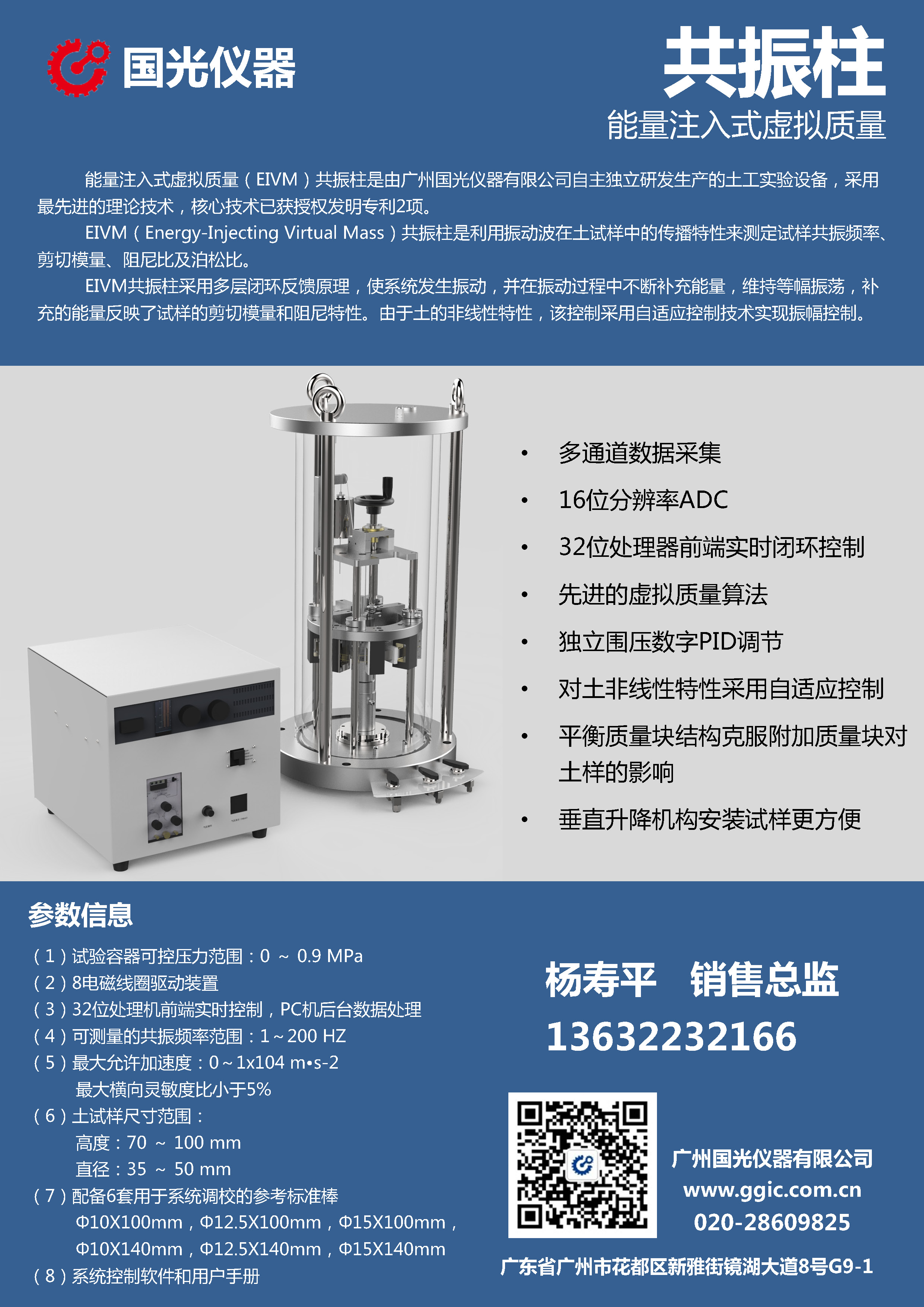
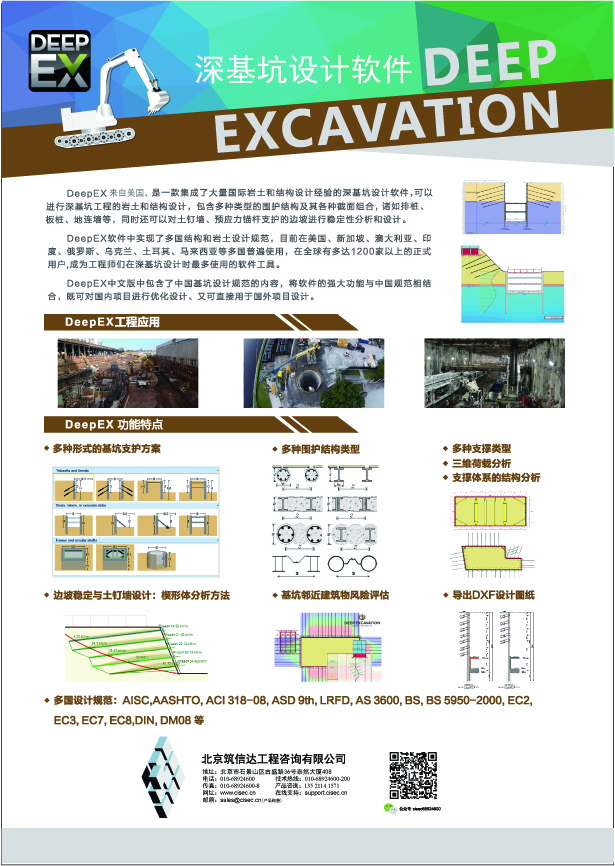
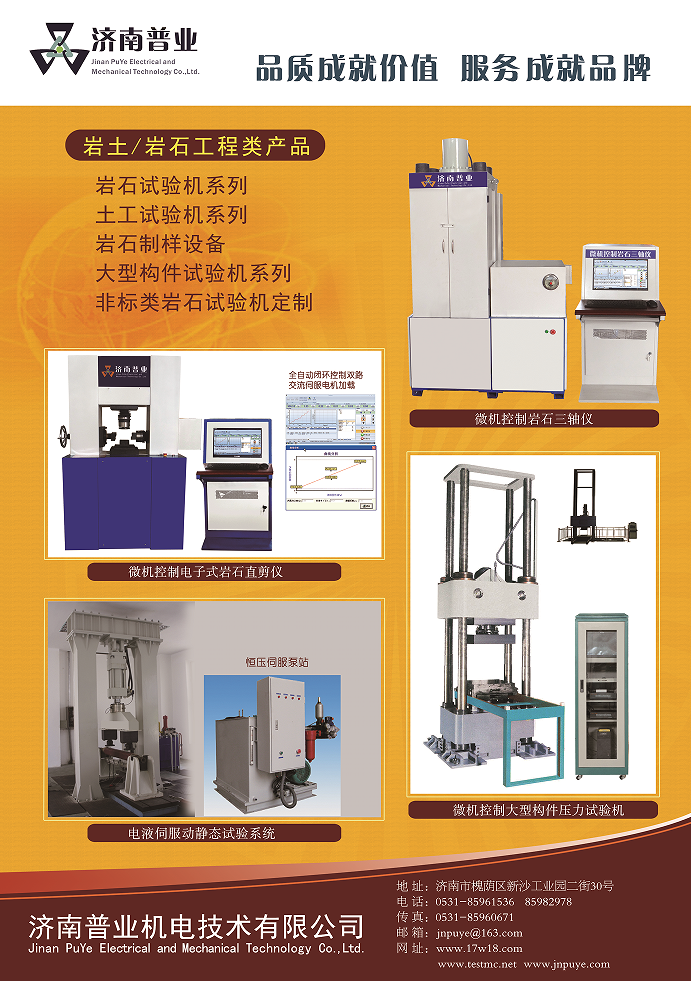
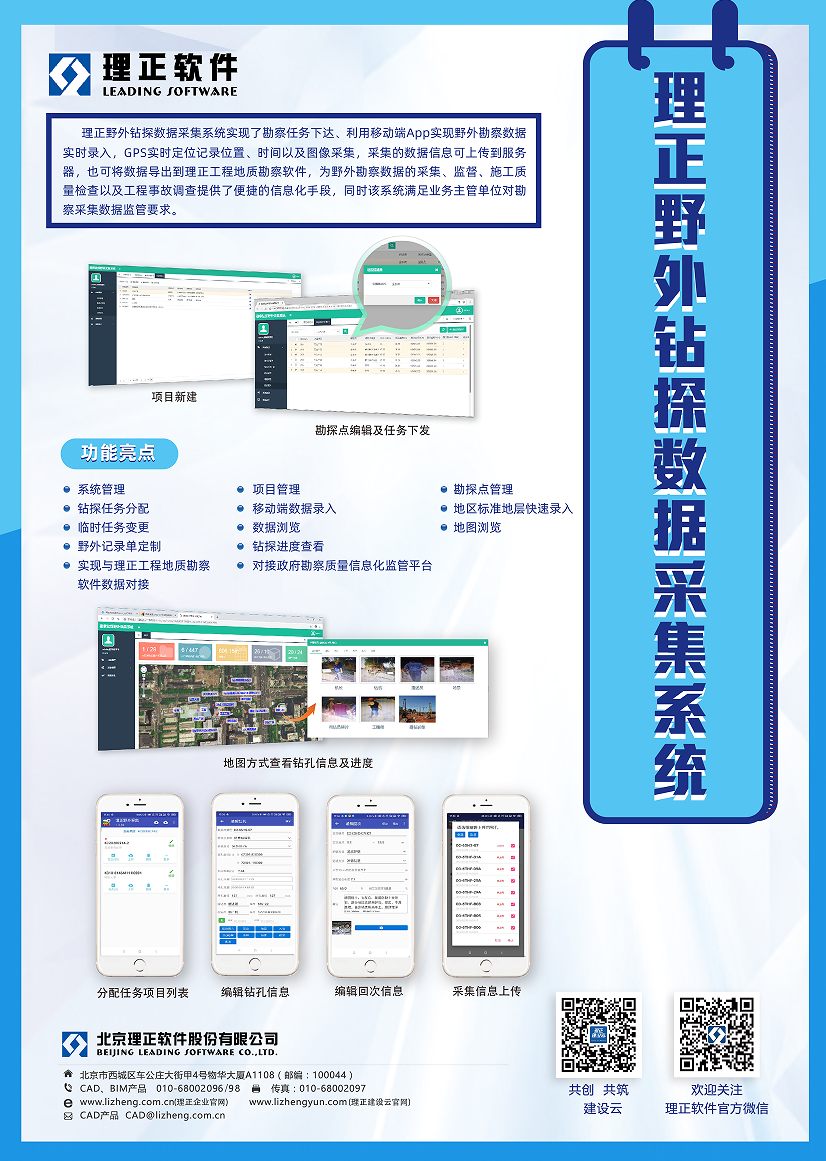
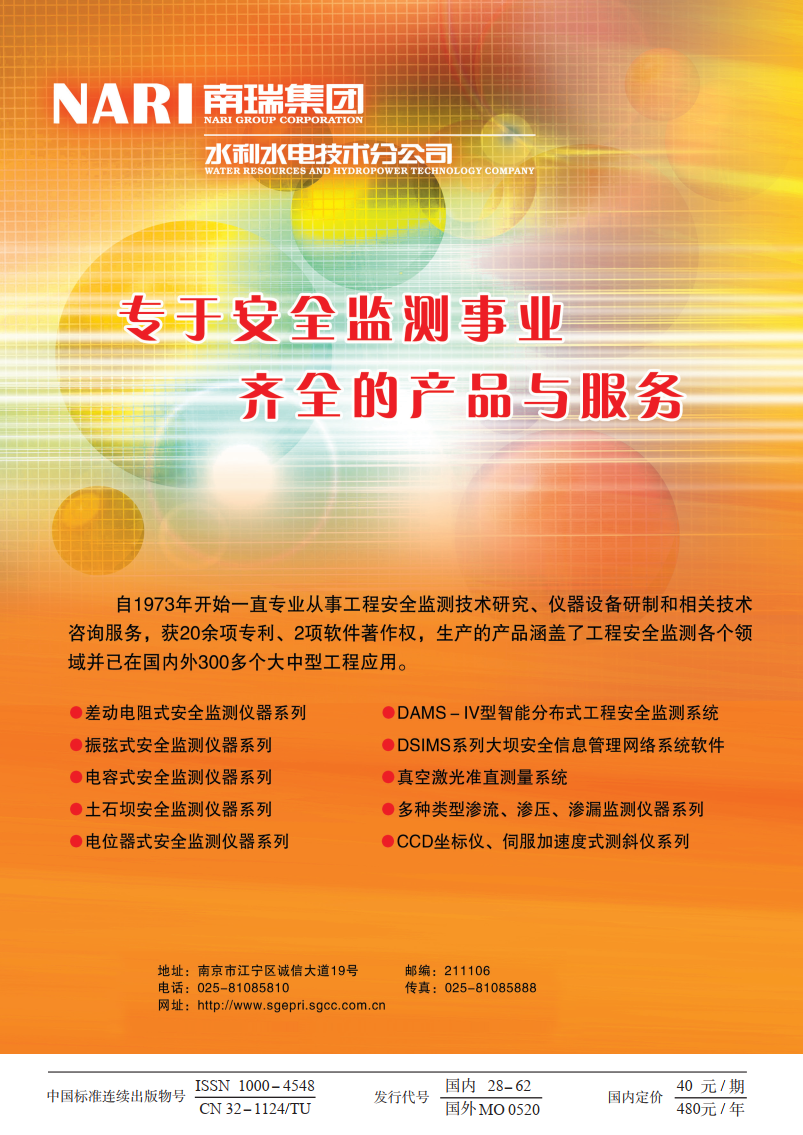
 下载:
下载:
